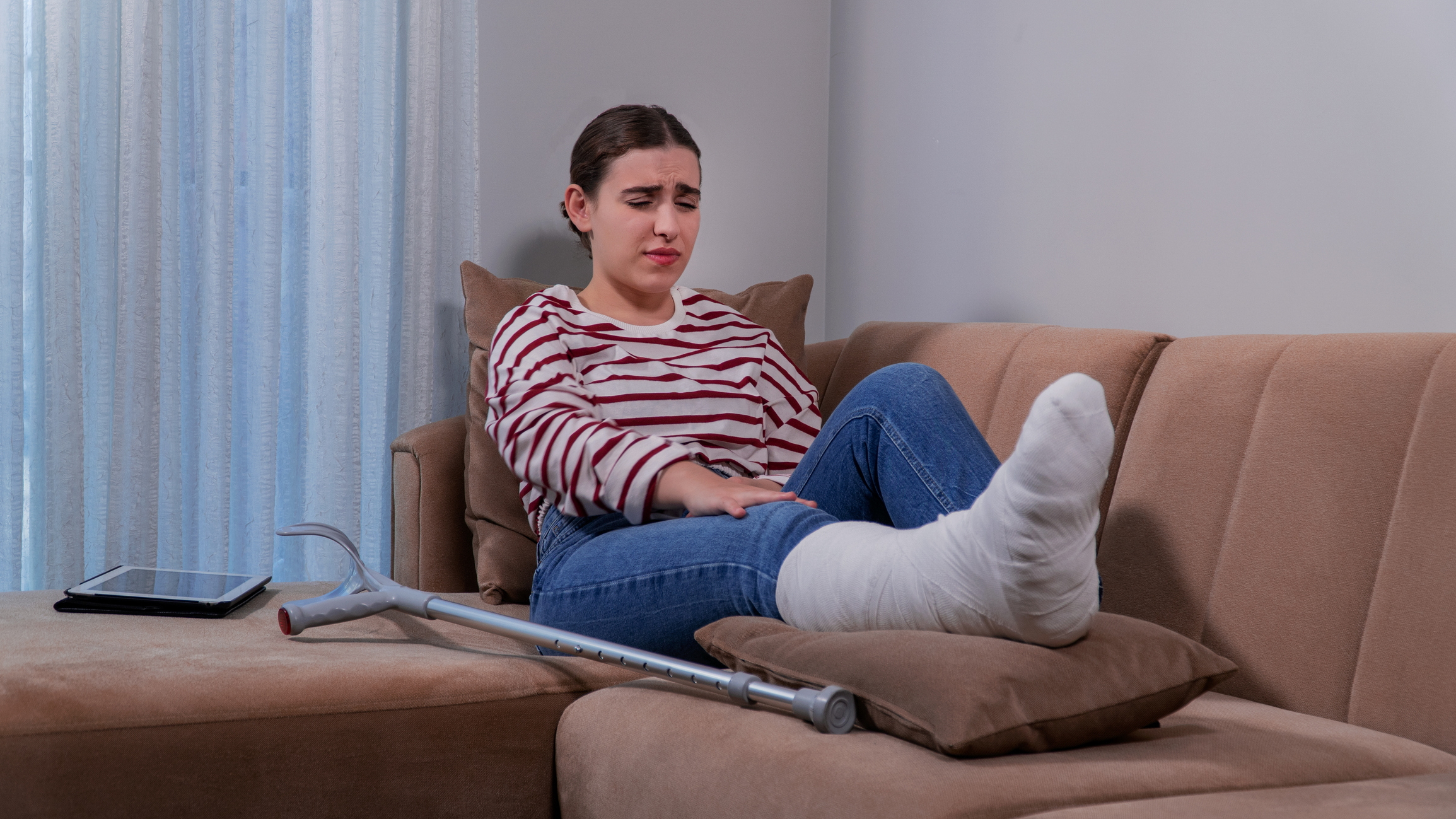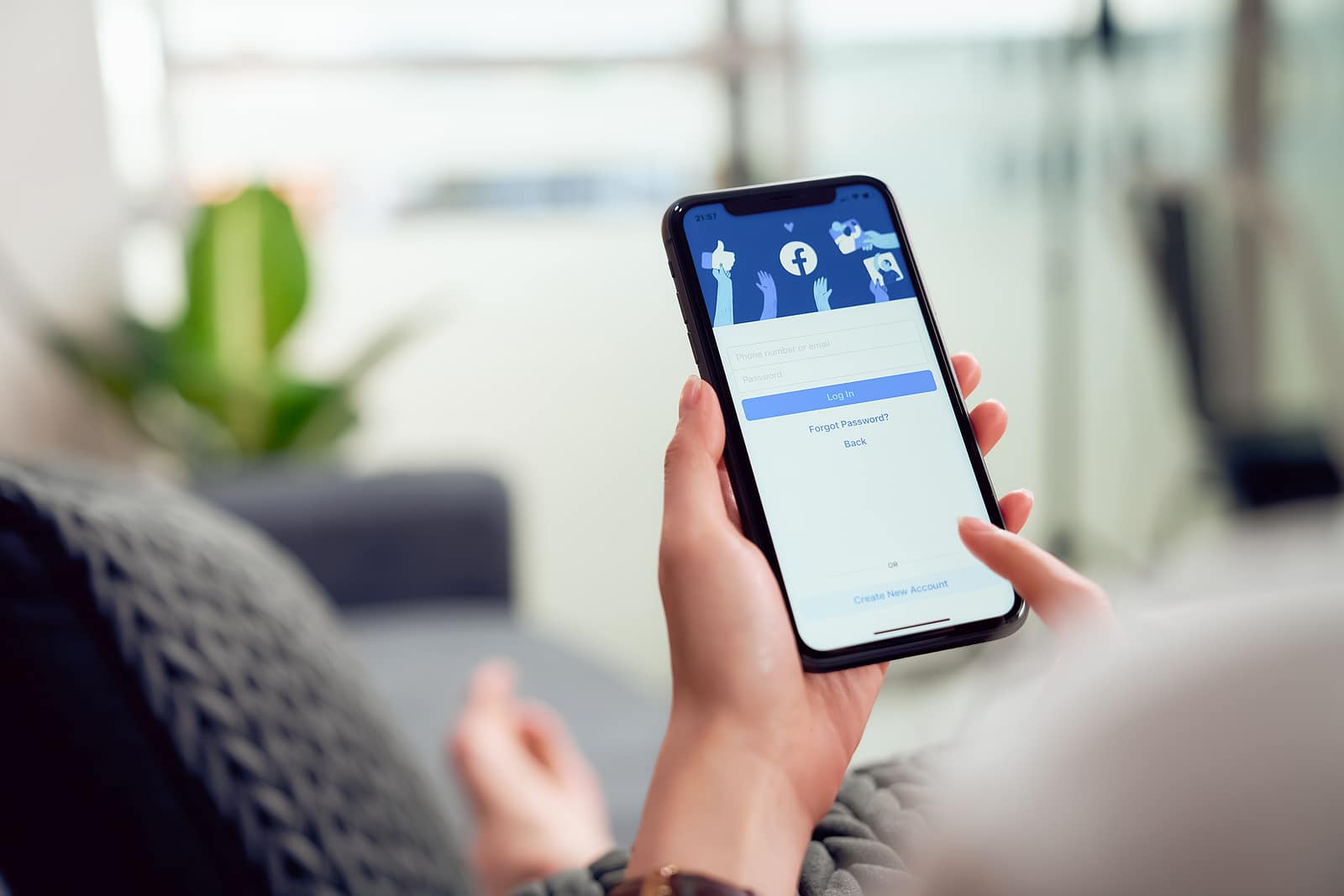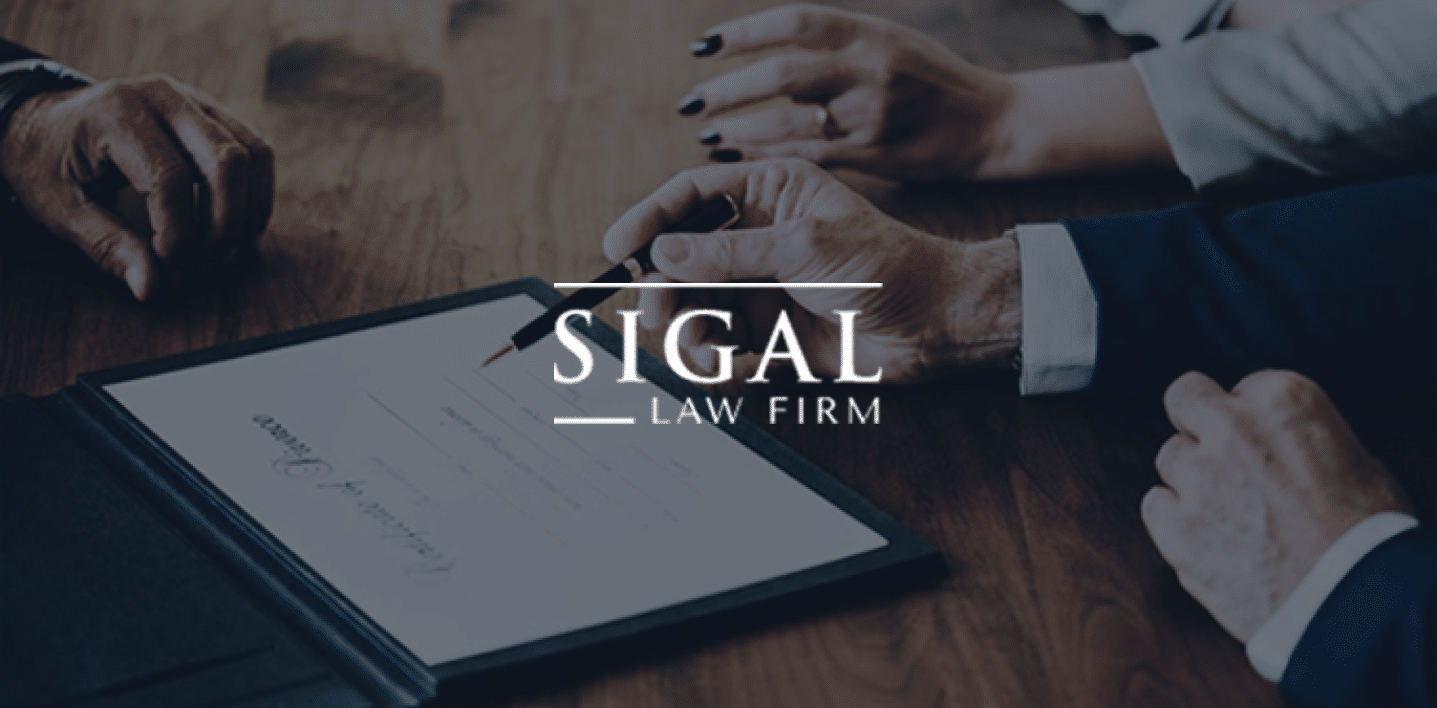Have You Been Injured?
Getting injured because of someone else’s negligence is always a pain, no pun intended. You can already envision all of the doctor’s appointments, phone calls with insurance agents, and dealing with lengthy repairs.
But when you are partially responsible for the incident that led to your injuries, you may think you don’t have legal options, and you will be responsible for your own recovery. While your actions will certainly impact the outcome of your case, even if you are partially liable, you may still have legal options for recovering damages.
Sigal Law Firm is ready to help you understand Michigan’s comparative negligence laws. We guide clients through their personal injury claims. Read more about how these laws sway the outcome of personal injury cases in Michigan.
What is Comparative Negligence?
Michigan personal injury claims are governed by something called modified comparative negligence. This legal doctrine allows more than one person to share responsibility for an accident, and it directly impacts how much each party can recover.
Under this rule:
- You can recover damages as long as you are found to be 50% or less at fault for the incident.
- If you are more than 50% at fault, you are barred from recovering any non-economic damages.
- Even if you are more than 50% at fault, you may still recover economic damages, reduced by your percentage of fault.
Let’s say you are awarded a $50,000 settlement, but you were found 40% responsible for your accident. Your total compensation would be reduced by 40%, leaving you with $30,000.
These laws are meant to ensure that liability is fairly distributed among all involved. However, it forces each party to minimize their own contribution to the accident. That’s why the assistance of an experienced personal injury attorney is so vital; they investigate the facts surrounding your case, minimize your contribution, and prove why you deserve compensation.
What Types of Damages Can Be Recovered?
We mentioned economic and non-economic damages earlier. You may be wondering what those are and what you can recover in a personal injury claim. Damages are divided between these two categories, and your percentage of liability directly affects what you can pursue.
Economic Damages
These damages are considered tangible. They can be proven with bills, receipts, invoices, and other documentation. They often include things like:
- Medical expenses, including past, current, and future treatment
- Rehabilitation costs
- Lost wages due to missing work to recover from your injuries
- Loss of future earning capacity
- Property damage, such as vehicle repair or replacement, and personal belongings
- Out-of-pocket expenses, such as transportation and medical equipment
Non-Economic Damages
These damages are considered subjective. They are harder for you to prove because they don’t come with bills or invoices. You will need solid investigation and expert testimony to prove them. They often include:
- Pain and suffering
- Emotional distress
- Mental anguish
- Loss of enjoyment of life
- Impact on a spouse or family relationship (loss of consortium)
- Permanent disability or disfigurement
As previously mentioned, if you are found more than 50% at fault, you will not be able to recover non-economic damages. You can still recover economic damages, but they will be reduced by your share of fault.
What Types of Cases Use Comparative Negligence?
You may be wondering if your accident will be impacted by comparative negligence. These laws will impact most personal injury claims in one way or another. Here are the most common, though:
- Car accidents
- Motorcycle accidents
- Commercial truck accidents
- Premises liability accidents, like slips and falls
- Pedestrian accidents
- Medical malpractice
- Product liability
This is just a quick list of the most common accidents that will follow modified comparative negligence laws. If you are not sure if your case will be affected, you can call 248-671-6794 to schedule a free consultation with Sigal Law Firm, where we will examine the facts of your case and tell you how modified negligence will likely impact your case.
How Is Fault Determined in Michigan Personal Injury Cases?
When more than one party may be responsible for an accident, determining who is at fault and by how much is one of the first things attorneys will tackle.
Fault is investigated in various ways. Some may seem obvious, but many clients are surprised to learn how an attorney proves fault.
Police reports and accident reports are often the first thing scrutinized. They often include the officer’s observation of the scene, statements from all drivers involved, and witnesses, and may even include citations. Police reports strongly influence insurance and legal decisions.
Eyewitnesses are invaluable to personal injury claims. A neutral, third-party’s perspective offers an unbiased observation of how the accident occurred.
Your attorney will have resources that allow them to access information that you likely can’t. Things like surveillance footage or dashcam videos can completely alter the trajectory of car accidents. It can override conflicting testimony and offers irrefutable evidence regarding the circumstances of the incident.
Expert witnesses are professionals who offer technical analyses and opinions in a way that courts can understand. They may offer their own professional medical opinion or be able to reconstruct the scene of an accident.
Why Should You Call Sigal Law Firm?
Working with a personal injury attorney increases your odds of not only receiving compensation but also receiving the maximum amount possible. Fighting claims of contributing actions can increase your claim and sway the judge in your favor.
Call 248-671-6794 to schedule your free consultation with a knowledgeable personal injury attorney who will work diligently to prove exactly how much you contributed to your accident, if you contributed anything at all.
















